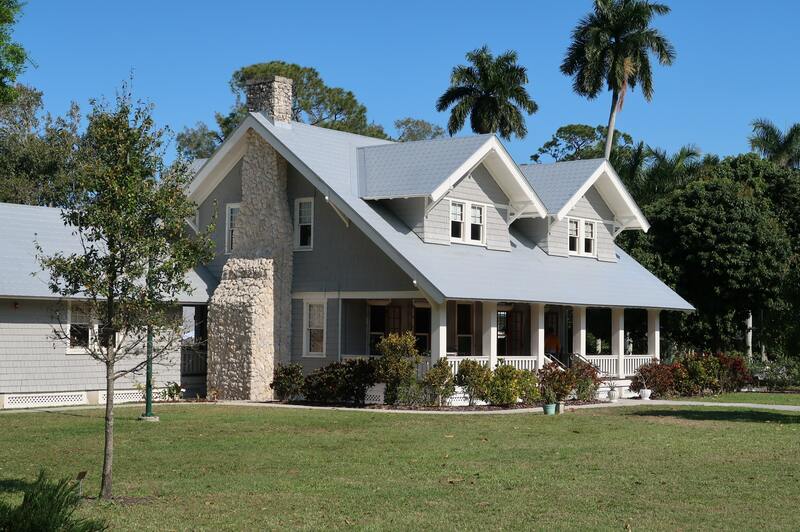It is certain you are worried and want to find out what is the worst kind of mold you can get from water damaged house, so we are here to help you. Read through to learn more about one of your health’s most disgusting enemies.
Household mold has always been associated with various health problems; some can be serious and even life-threatening. It is why it is essential to educate yourself about them and get rid of them the moment you see them lingering inside your house.

For a comprehensive guide to increasing your awareness, here is an article on what does house mold smell like, which you can give a good read.
Categories Of Mold
Mold is a type of fungi divided into three major categories, depending on the severity of harm it may create:
Allergenic mold
This mold category can cause little to no health effects, usually mild allergies like skin irritation or blocked nose to those with high sensitivity to mold. Other immune response symptoms include sneezing, congestion, watery eyes, insomnia, etc.
It is said that about 20-30% of the population is susceptible to allergens like mold. However, people without allergies are usually unaffected by allergenic molds if exposed to small amounts.
Pathogenic mold
If you have an underdeveloped, compromised, or suppressed immune system, you can develop significant health risks when exposed to this group of mold. Any mold that can grow at 37 degrees Celsius or simply in your body’s temperature is a potential pathogenic mold.
Individuals whose immune systems are in good shape fight off pathogens regularly. It is why pathogenic molds usually affect infants, the elderly, and people with weak immune systems.
Toxigenic mold
This category has got to be the most dangerous one as they are extremely toxic to humans and animals. When dealing with them, professional help is highly recommended.
In contrast to allergenic and pathogenic molds, toxic molds intentionally harm the organisms around them. They produce mycotoxins which are poisonous chemicals that are dangerous to human health.
Types Of Mold You Can Find In A Water Damaged House
In this section, we will talk about the different types of mold that may grow if your house gets damaged by water. We will also guide you with tips that will help you identify them.
1. Acremonium
It usually appears in colors white, orange, pink, or gray. It usually thrives indoors in very wet conditions like how your house is after water damage.
Acremonium is one of the most dangerous household molds, and toxicity can cause infection in injuries leading to bone marrow and immune system diseases. Commonly, this kind of mold induces asthma and hay fever.
2. Alternaria
It is one of the most known mold types found in your household and has over 250 species. Molds of this type usually originate outdoors and reproduce in wallpaper, carpets, textiles, and HVAC systems.
Prolonged exposure to Alternaria can cause early-onset asthma in kids. People with pulmonary diseases and weak immune systems are most susceptible to this mold.
To know more about this mold, here is an article on what is Alternaria mold you can check out.
3. Cladosporium
It is a mold genus with approximately 220 species which makes it one of the most widespread household molds. Cladosporium takes the colors of olive green, brown, or black and grows in both cold and warm conditions.
It can cause allergic reactions like asthma, skin rashes, sinusitis, and lung infections. Even though not deadly, you must never handle it directly without any protective gear.
4. Fusarium
Although it appears in nice colors like white, pink, or reddish-brown, the fusarium is allergenic and toxigenic. Prolonged exposure may cause damage to the nervous system, which can potentially lead to internal bleeding and hemorrhages.
5. Mucor
Just like a fusarium, it is a fast-growing mold that appears white, cream-beige, or gray with a cottony texture. The mucor strain can trigger allergic reactions and respiratory problems.
6. Penicillium
Penicillium is usually in vivid yellow or blue-green and does not produce serious toxins usually. However, it can still cause sore throats and different respiratory problems.
7. Stachybotrys
Also called black mold, Stachybotrys is often dubbed as one of the most dangerous types of mold. However, it doesn’t affect or kill an individual in most cases.
Despite that, don’t be comfortable having it around, as prolonged exposure may lead to vomiting, nausea, and bleeding in the nose and lungs.
8. Ulocladium
Once inhaled, ulocladium mold may cause hay fever, asthma, and difficulty in breathing. It is usually found alongside harmful molds like fusarium and black mold, therefore increasing its potency.
Conclusion
Although mold is naturally harmful to humans, it is only after prolonged exposure that you can experience health effects, and it is very rare to be fatal. It is almost impossible to get rid of every spore in your house, but regular cleaning will always do the trick.
We know you are still curious about what is the worst kind of mold you can get from water damaged house. The truth is, regardless of what sort, mold is the worst if not immediately taken care of.
